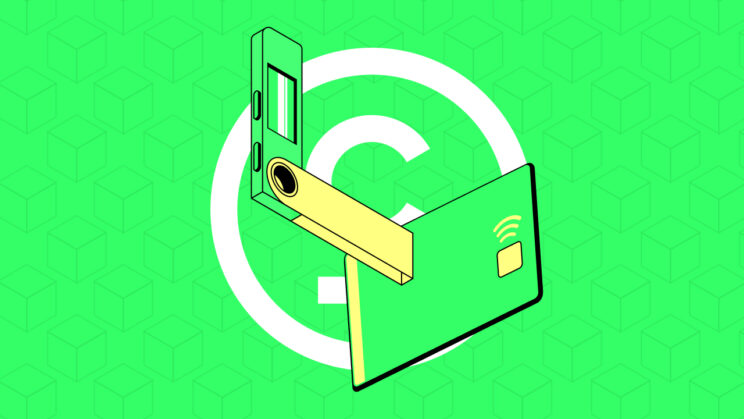The world of cryptocurrency is constantly evolving, reshaping the way we think about finance and digital transactions. As cryptocurrencies gain popularity and value, ensuring the security of your digital assets becomes paramount. With hackers and cyber threats lurking in the digital realm, finding a secure storage solution for your cryptocurrencies is of utmost importance.
Enter cold wallets – the ultimate fortress for safeguarding your crypto holdings. Cold wallets, also known as hardware wallets, offer an unparalleled level of security, making them an essential tool for any serious crypto investor. In this article, we delve into the concept of cold wallets and explore one of the most renowned and trusted names in the industry – Ledger.
In this article, we will delve into the intricate workings of Ledger’s cold wallets, exploring their secure offline storage, extensive compatibility with various cryptocurrencies, and the additional layers of protection they provide. From Bluetooth connectivity to sleek designs, Ledger exemplifies the cutting-edge technology that makes cold wallets the go-to choice for security-conscious crypto enthusiasts.
What is a Ledger Wallet
How to use a Ledger Wallet
Step 1: Activate and initialize the Ledger device
Initiate the Ledger wallet by pressing the button adjacent to the USB port until the Ledger logo emerges. Thoroughly peruse and adhere to the instructions presented on the screen. Employ the right button to proceed or the left button to return. Once the prompt “Set up as new device” materializes, simultaneously press both buttons to validate.
Step 2: Setting Up Your Personal Identification Number (PIN)
To begin, access the device screen and locate the “Choose PIN code” option. Utilize the left or right button to select a digit, and press both buttons to confirm your choice. Create a PIN code comprising of 4 to 8 digits. Validate each digit by selecting the checkmark symbol, and if necessary, remove a digit using the backspace icon. Re-enter your PIN code to confirm it.
Security suggestions:
Opt for an exclusive PIN code that you personally select to unlock your device. For heightened security, contemplate using an 8-digit PIN code. Avoid employing a preconfigured device that already has a PIN code or recovery phrase pre-set. Should you have any uncertainties or concerns, seek assistance from Ledger Support.
Step 3: Save your recovery phrase
The Ledger Nano X will present your 24-word recovery phrase on its screen. Carefully and securely write it down. Make use of the blank Recovery sheet provided in the package. On the device screen, choose the option “Write down your recovery phrase.” Write the first word displayed in position 1 on your Recovery sheet, ensuring its accuracy. To move to the next word, press the right button and continue this process until you have written down Word #24 in position 24. After recording all the words, press both buttons on the final screen. When prompted to “Confirm your recovery phrase,” select the first word from position 1 on your Recovery sheet using either the left or right button. Validate each word by pressing both buttons. Repeat this procedure to confirm the entire 24-word recovery phrase.
Step 4: Navigate to the Dashboard
After successfully completing the setup process, a message confirming that “Your device is ready” will be shown. Press both buttons simultaneously to access the Dashboard. This will direct you to the Dashboard of your Ledger wallet, indicating that the device setup has been finished. By diligently following these steps, you can establish your Ledger wallet, safeguarding the security of your cryptocurrency assets. Remember to securely store your recovery phrase and avoid sharing it with anyone else.

How does Ledger Wallet Work
Ledger’s hardware wallets provide a comprehensive solution for securely managing cryptocurrencies. They work seamlessly with Ledger Live, a versatile app that allows users to update their Ledger device, install additional cryptocurrency apps, and even facilitate crypto transactions through integrated providers. Ledger Live is available for Android and iOS mobile devices, as well as Windows, Mac, and Linux computers, providing flexibility across various platforms.
In addition to Ledger Live, Ledger wallets can also integrate with popular wallets like MetaMask, Coinbase Wallet, and Electrum. This integration establishes an added layer of security, where the connected wallets require permission from the Ledger device before any cryptocurrency can be transferred. Essentially, Ledger hardware wallets function as a form of two-factor authentication, ensuring that a response is needed on the physically-held Ledger device for any crypto movement.
Ledger’s hardware wallets, such as the Ledger Nano S and Ledger Nano X, offer offline storage for private keys, safeguarding them from potential cyber threats. These wallets support various functions, including sending and receiving cryptocurrencies and running third-party applications directly on the device. Notably, they enable universal two-factor authentication for popular platforms like Google and Dropbox.
To further enhance security, Ledger wallets incorporate a backup recovery system. Users receive a 24-word recovery phrase, which serves as a backup for their cryptocurrencies. This phrase acts as a failsafe in case the hardware device is lost or stolen, allowing users to regain access to their funds.
In conclusion, Ledger’s hardware wallets offer robust offline storage for private keys, minimizing the risk of unauthorized access. They seamlessly integrate with Ledger Live and other well-known wallets, providing a secure and versatile cryptocurrency management experience. With added features like two-factor authentication and a backup recovery system, Ledger wallets prioritize the protection and control of users’ digital assets.
Which Ledger Wallet is the Best
Ledger Nano X
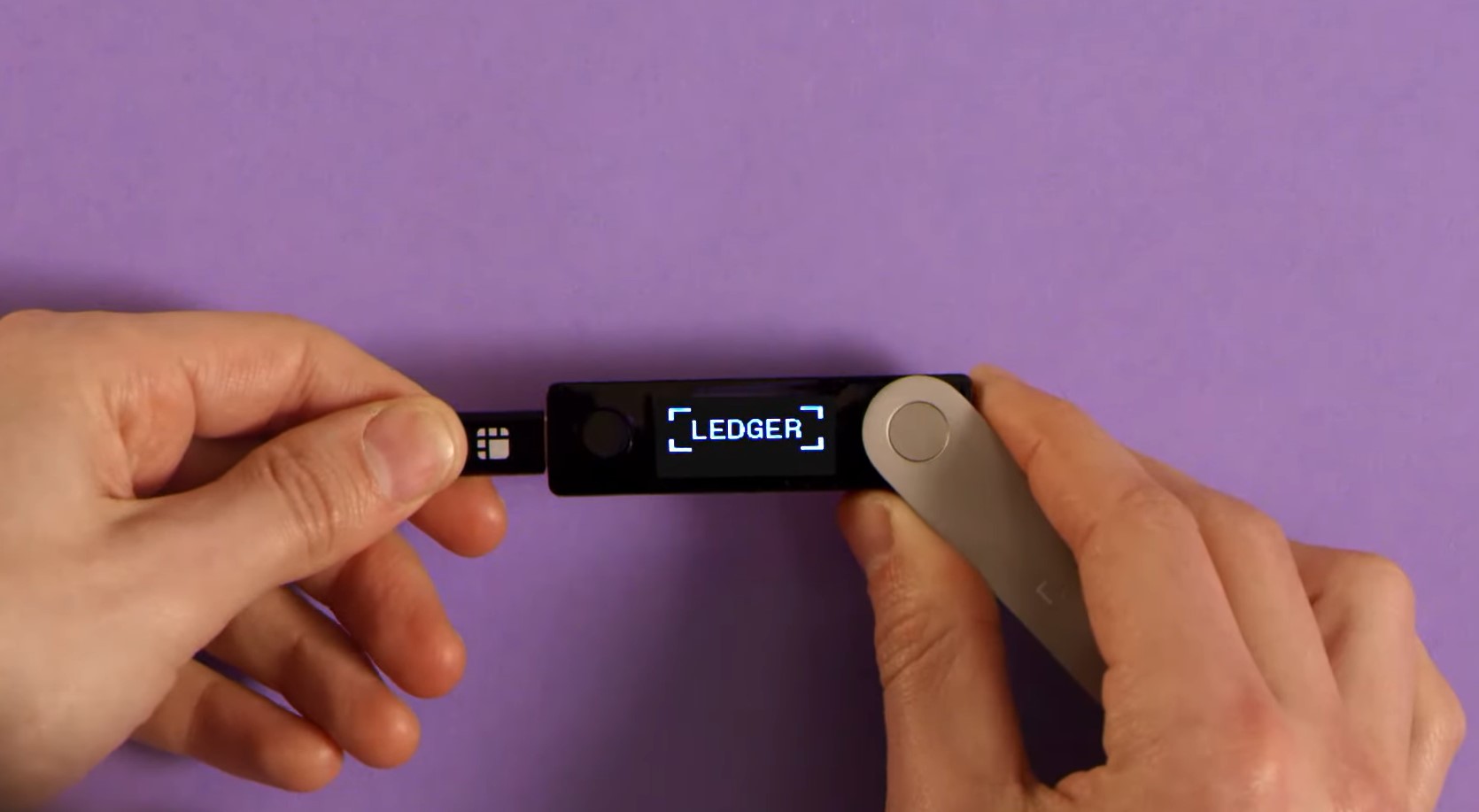
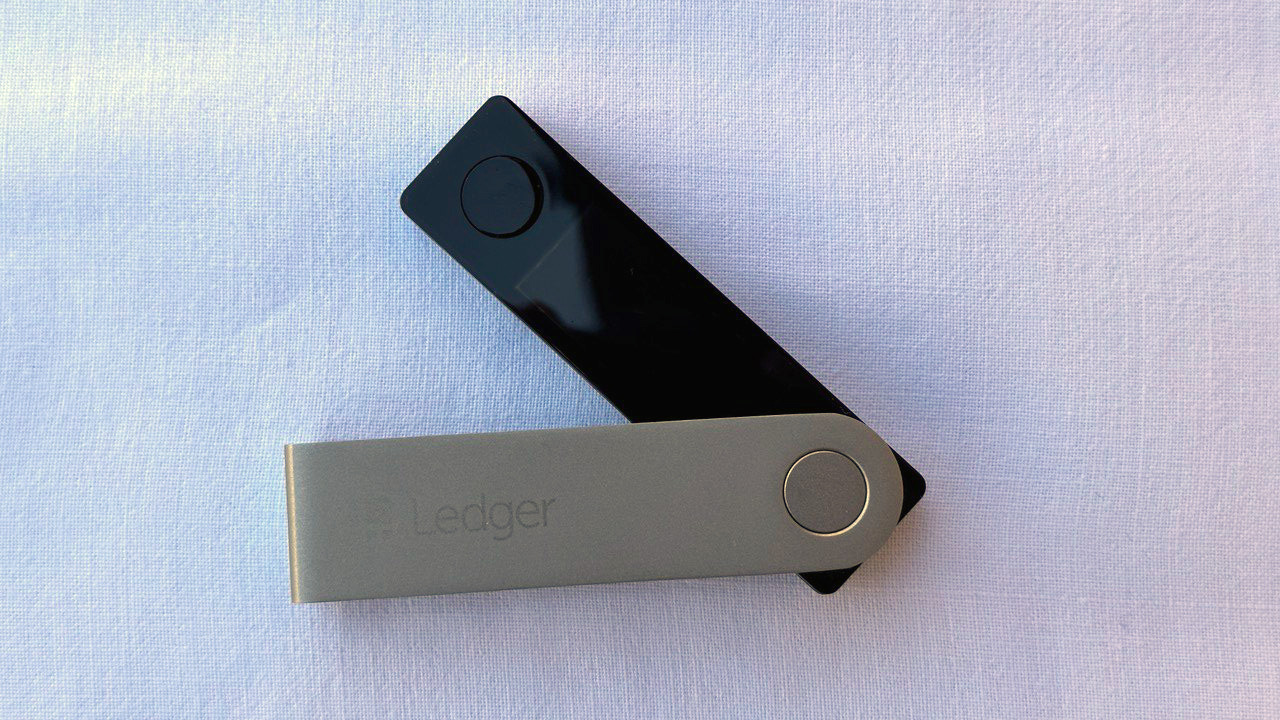
The Ledger Nano X is a cold wallet that provides secure storage for cryptocurrencies. Supporting over 5,000 currencies, it offers extensive compatibility for managing a wide range of digital assets. Priced at $149, it offers advanced security features at a competitive price point. The wallet includes an incorporated exchange, enabling users to conveniently trade their cryptocurrencies within the device. With dimensions of 72mm x 18.6mm x 11.75mm and weighing 34 grams, it offers a compact and portable design. Moreover, the Ledger Nano X offers a dedicated mobile app available for both iOS and Android platforms, providing users with flexibility in managing their wallet on their preferred mobile device.
| Ledger Nano X Advantages | Ledger Nano X Limitations |
| Wide range of supported digital assets: The Ledger Nano X offers extensive compatibility, enabling users to manage a diverse selection of over 5,000 digital assets within a single device. Bluetooth mobile connectivity: With Bluetooth functionality, the Nano X allows convenient wireless pairing with mobile devices, providing flexibility and ease of use for managing cryptocurrency assets on the move. Wireless operation: The Nano X operates without the need for cords in most scenarios, simplifying the user experience and enabling hassle-free access to cryptocurrency management, except for charging purposes. Sleek and modern design: Featuring an elegant and contemporary design, the Ledger Nano X combines aesthetic appeal with practical functionality. Its compact form factor enhances portability while maintaining an attractive visual presence. | Absence of touch screen: Unlike certain hardware wallets, the Nano X does not incorporate a touch screen interface. Instead, users navigate and interact with the device using physical buttons, which may require a slight adjustment in user interaction. Risk of asset loss: In the unfortunate event of misplacement or theft of the Ledger Nano X, there exists a potential risk of unauthorized access and potential loss of cryptocurrency assets. It is crucial to exercise caution and adopt necessary security measures to safeguard against such risks. Higher price point: Compared to other hardware wallets available in the market, the Ledger Nano X carries a premium price tag. The inclusion of additional features and wireless connectivity contribute to its elevated cost. |
The Ledger Nano X prioritizes safety with its unique operating system, BOLOS, exclusively developed by Ledger. This hardware wallet ensures the utmost security by storing private keys in isolation within the device’s highly secure chip. Access to the wallet requires a PIN code, and any modifications or transactions must be confirmed through the physical buttons on the device. Additionally, the Ledger Nano X offers the option to create a passphrase, providing an extra layer of protection. Even if the PIN is compromised, assets stored with the passphrase cannot be accessed, enhancing the overall security of the device and safeguarding your assets.
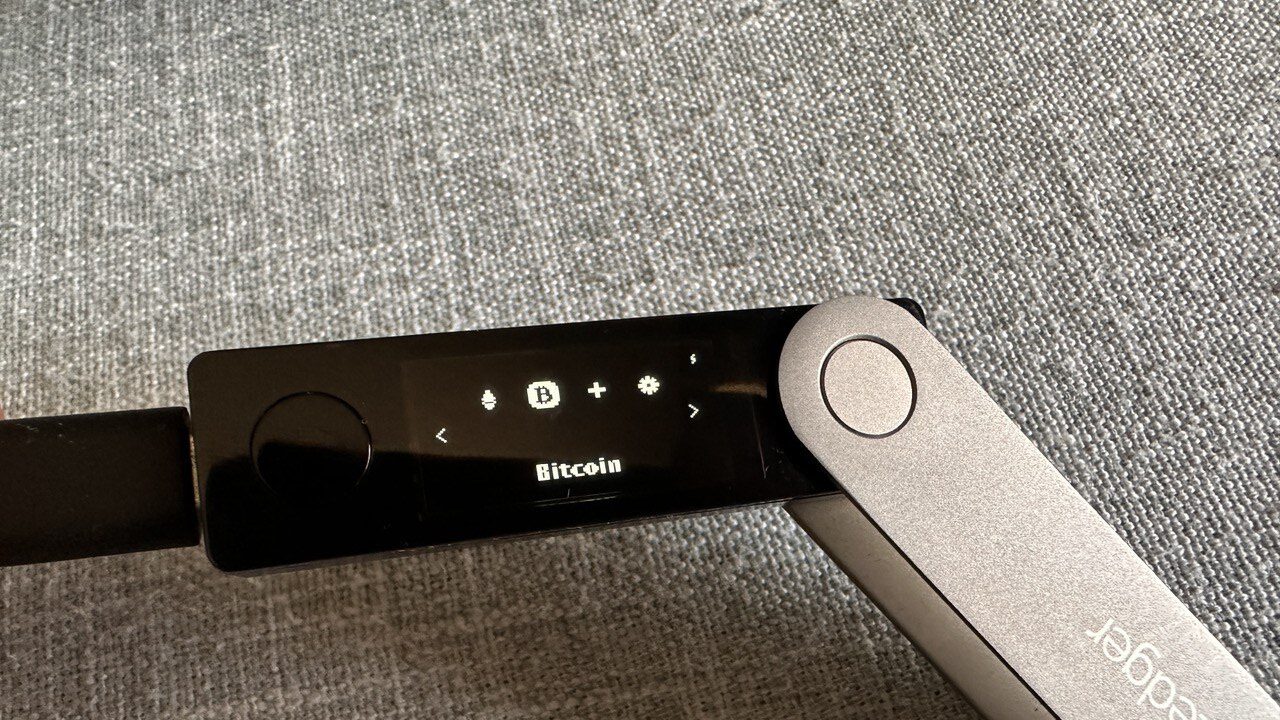
When it comes to operating systems, the Ledger Nano X is compatible with various platforms. It supports 64-bit desktop operating systems such as Windows 8 and above, macOS 10.8 and above, and Linux. Moreover, it seamlessly connects to Android devices running on Android 7 and above, as well as iOS devices running on iOS 9 and above through Bluetooth connectivity. The Ledger Live software serves as the interface for communication between the Ledger Nano X and the supported operating systems. This software offers a range of cryptocurrency features, including portfolio tracking and the ability to purchase cryptocurrencies in certain jurisdictions, further enhancing the user experience.
However, it’s important to consider potential dealbreakers before making a decision. The main drawback of the Ledger Nano X is its cost. With a price tag exceeding $100 before tax, it may be a significant investment for some users. Additionally, the company experienced a security incident in 2020 where user data, including personal information like names and addresses, was compromised. Although this incident did not compromise the devices themselves, it raised concerns about the necessity of collecting such information. Critics argue that the collection of personal data should be minimized to enhance privacy and security.
Ledger Nano S+
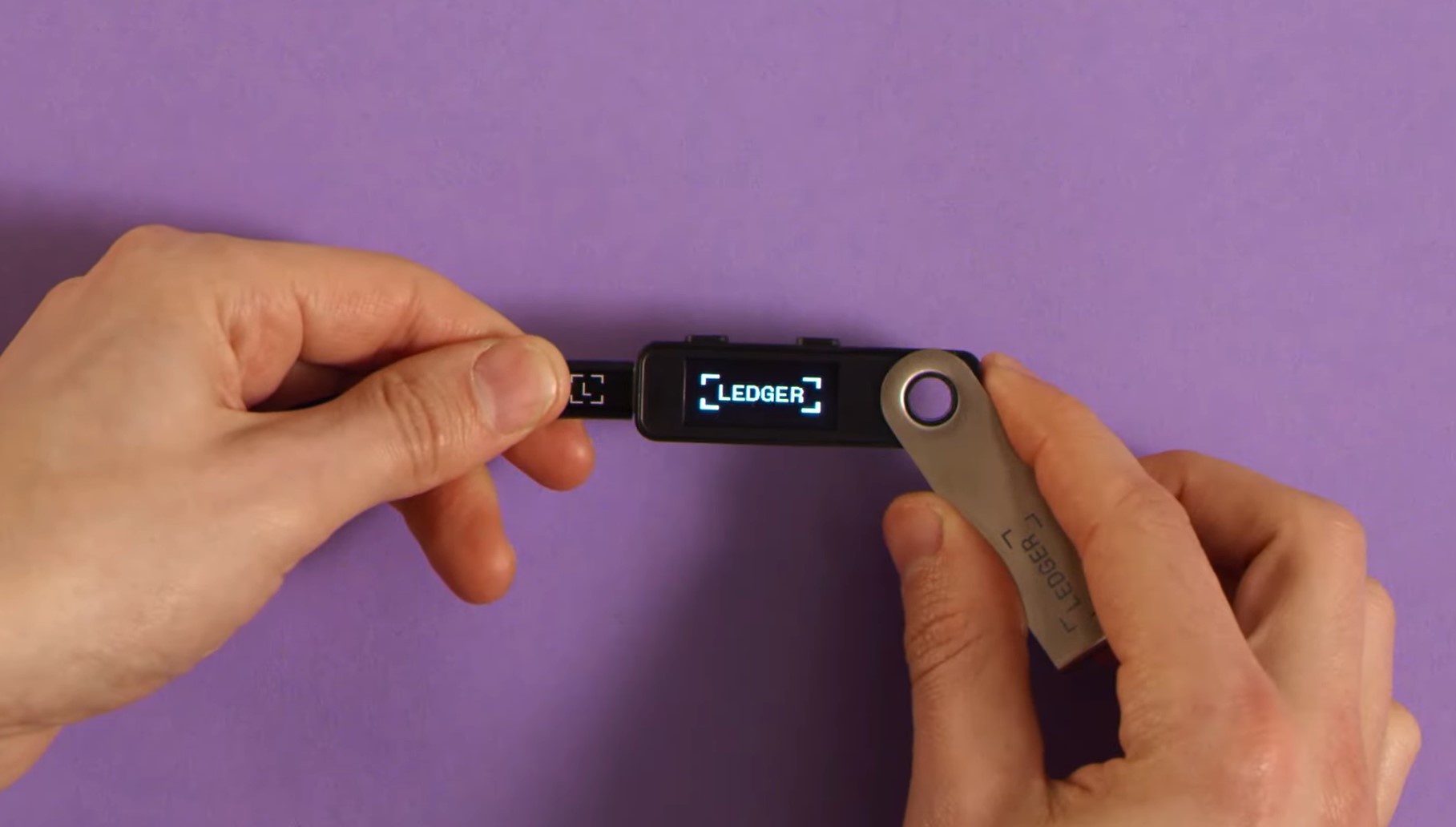
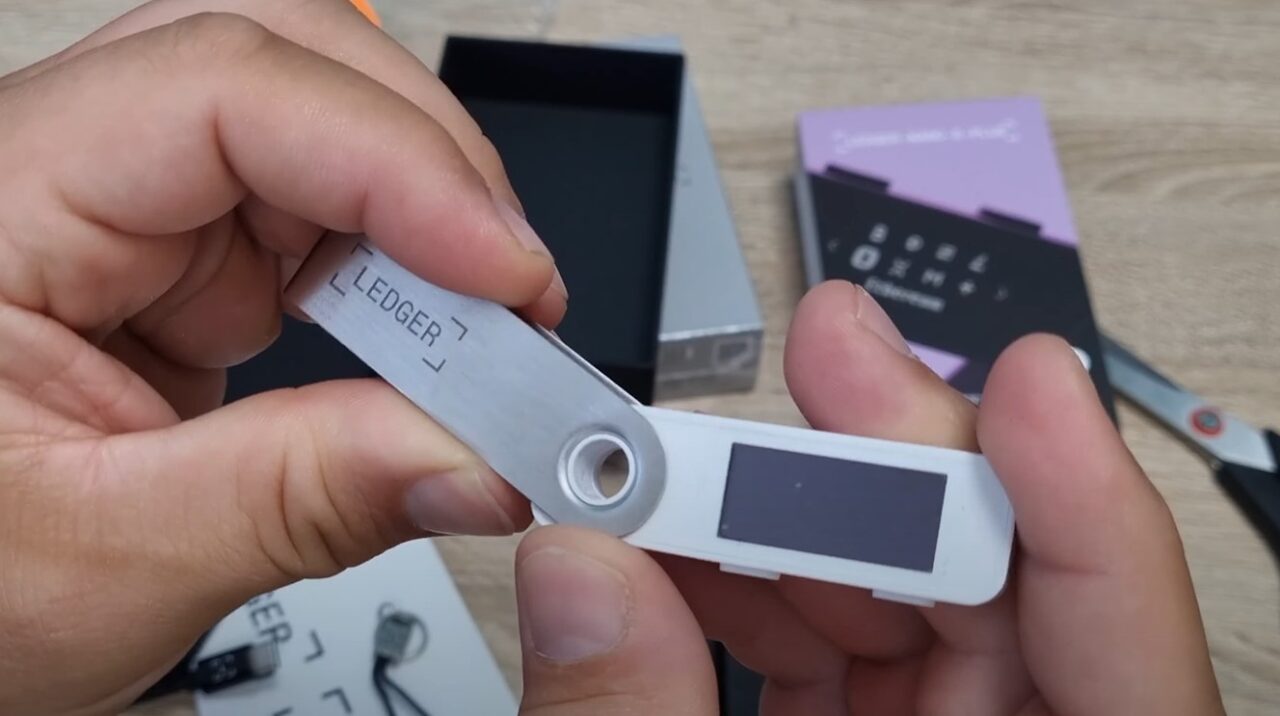
The Ledger Nano S Plus is a cold wallet designed to securely store cryptocurrencies. With support for over 5,500 currencies, it offers extensive compatibility for managing various digital assets. Priced at $79, it provides an affordable option for cryptocurrency enthusiasts. The device features an incorporated exchange, allowing users to conveniently trade their cryptocurrencies within the wallet. Measuring 62.39mm x 17.40mm x 8.24mm and weighing 21 grams, it offers a compact and lightweight design. Additionally, the Ledger Nano S Plus offers a dedicated Android mobile app, enabling users to access their wallet on the go.
| Ledger Nano S+ Advantages | Ledger Nano S+ Limitations |
| Enhanced security through offline storage: The Ledger Nano S+ ensures a high level of security by storing private keys offline, safeguarding them from potential hacking attempts and unauthorized access. Extensive support for digital assets: With compatibility for over 5,500 digital assets, the Ledger Nano S+ offers a wide range of support, enabling users to manage multiple cryptocurrencies within a single device. Compact and affordable design: The Nano S+ features a compact and cost-effective design, making it an efficient choice for securely storing cryptocurrencies at an affordable price point. | Limited Bluetooth mobile connectivity: Unlike certain Ledger models, the Nano S+ does not include Bluetooth mobile connectivity. As a result, users need to establish a connection with their mobile devices using a USB cable for interaction. Incompatibility with iOS devices: The Nano S+ does not have native support for iOS devices, which restricts its usage for individuals primarily utilizing Apple devices. Nonetheless, it remains compatible with Android devices. Non-customizable screen lock: The Nano S+ does not offer customization options for the screen lock feature. While it provides robust security measures, some users may prefer the ability to personalize this aspect. |
When it comes to safety, the Ledger Nano S Plus is considered one of the most secure options for protecting your crypto assets. As a hardware wallet, it provides the advantage of cold storage, keeping your private keys offline and disconnected from the internet. The device features a secure element chip that securely stores your private keys and signs transactions. Additionally, the Ledger Nano S Plus has undergone full certification by the French cybersecurity agency ANSSI, further validating its safety measures. In the event of device loss or compromise, you can recover your crypto using the 24-word recovery phrase associated with your Ledger wallet.
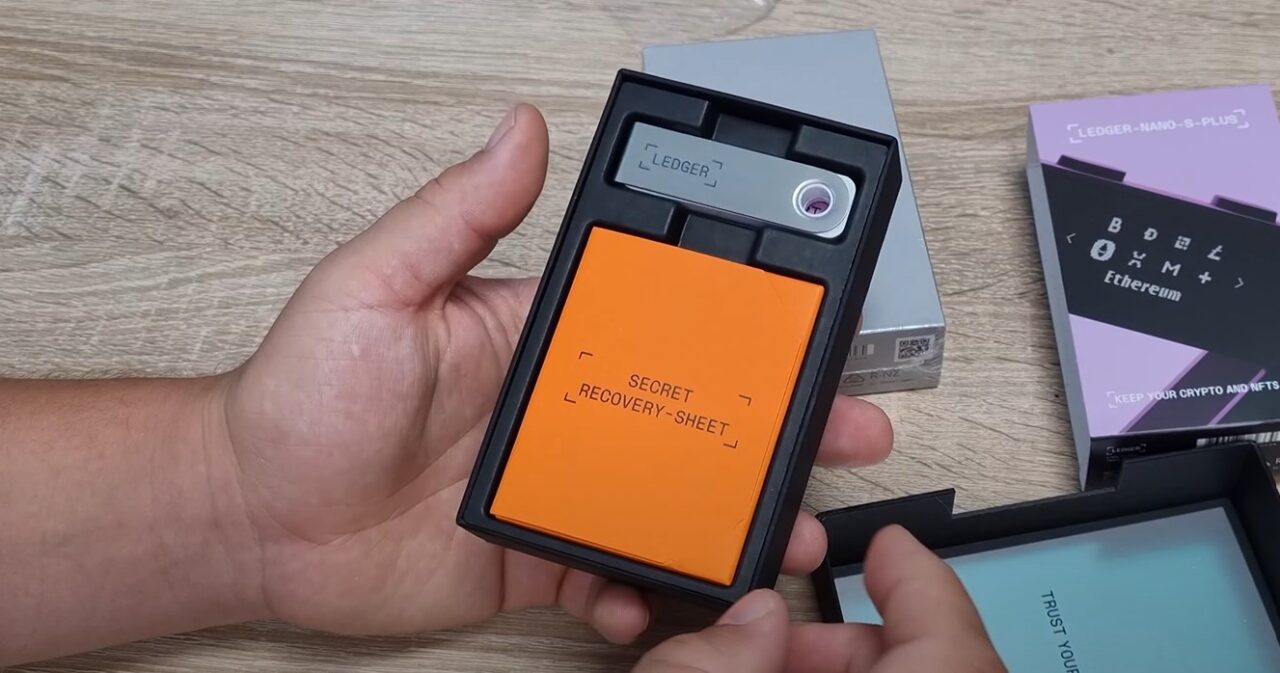
In terms of operating systems, the Ledger Nano S Plus is compatible with Windows, MacOS, and Linux computers. While it offers limited support for Android devices through its USB-C connector, wireless connectivity is not available. It is important to note that connecting the Ledger Nano S Plus to an iPhone or iPad is currently not possible. For iOS users, the Ledger Nano X, which features Bluetooth functionality, would be the suitable option. However, MacBooks can still interface with the Ledger Nano S Plus through the USB-C connection, providing some compatibility for Apple users.
There are a few potential dealbreakers to consider with the Ledger Nano S Plus. Firstly, the device lacks the premium build quality of other hardware wallets, as it is predominantly made of plastic. Additionally, it does not feature a touch screen interface, which may be a drawback for those seeking a more interactive experience. If you prioritize a touch screen, you may need to explore alternative options such as devices offered by Trezor, though it is important to note that these devices often come at a higher price point. Lastly, if you are looking to invest less than $100 in cryptocurrency, a hardware device like the Ledger Nano S Plus may not be the most cost-effective choice. In such cases, free software wallets may be more suitable for your needs.
Ledger Live
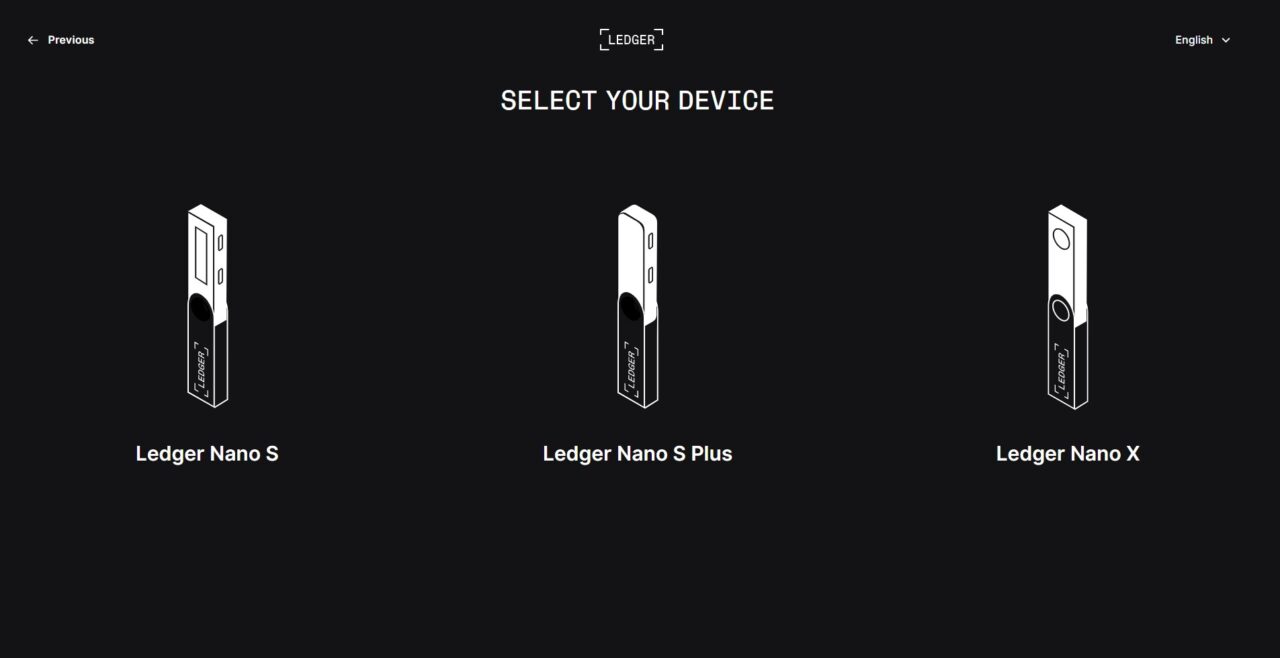
Ledger Live is a user-friendly app designed as an interface for Ledger hardware wallets, including the Ledger Nano X, Ledger Nano S, and Ledger Blue. This app allows users to conveniently manage their cryptocurrency assets and hardware devices. With real-time price updates and multi-account management, Ledger Live streamlines the management of individual crypto assets into a single interface.
One of the key objectives of Ledger Live is to replace the Chrome-based applications that were previously used with the Ledger devices. The app offers a straightforward setup process, making it easier for users to set up new devices or import existing accounts. Ledger Live fully supports both the Ledger Nano S and Ledger Nano X and is available free of charge to all Ledger device users.
To enhance security and accuracy, Ledger Live offers transaction confirmations and on-screen guidance. The app has re-engineered the transactions system, providing a step-by-step process for sending and receiving cryptocurrency assets. Advanced users also have additional options for more granular control over their transactions and asset accounts.
With real-time balance updates, Ledger Live enables users to monitor their portfolio value based on current market rates. The app displays the combined holdings and provides a convenient price chart on the “Portfolio” screen. Users can also access transaction history and balances even when their Ledger device is disconnected.
To cater to global users, Ledger Live supports a wide range of fiat currencies and rate providers. Users can easily switch their preferred fiat currency or provider in the app’s settings, which are also applied when sending or receiving funds.
Ledger Staking
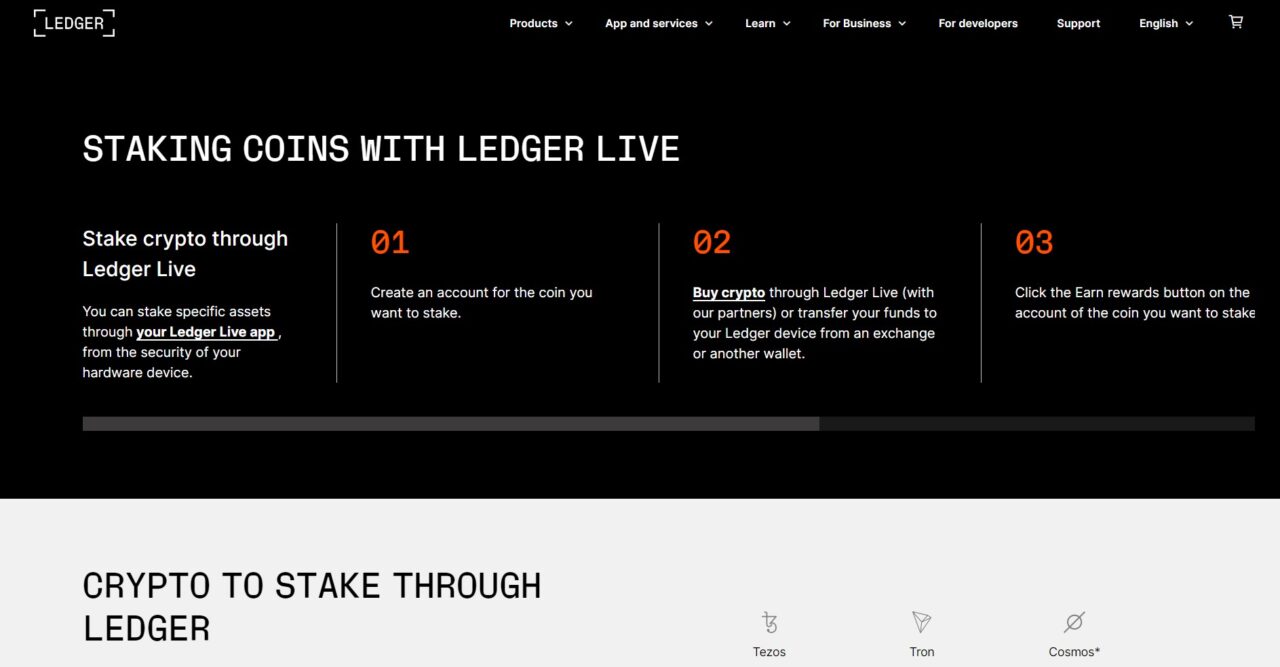
When it comes to staking with a Ledger hardware wallet, users have two options. They can either utilize the first-party Ledger Live wallet or opt for a third-party wallet that supports Ledger’s hardware devices. If you don’t already use a wallet that supports hardware wallets, Ledger Live is the recommended choice. To begin staking via Ledger Live and your associated hardware wallet (purchased directly from Ledger), the first step is to install the application for the specific coin or coins you want to stake on your hardware device. Download the Ledger Live application on your computer, create an account, and connect your device.
Using the Manager section in the Ledger Live wallet, select the apps you wish to install on your device for staking purposes. Once you have an account on Ledger Live and the relevant app installed, you can transfer the crypto you want to stake from your hardware wallet to the Ledger Live wallet. It’s worth noting that you can also download apps for pooled staking through the Ledger app store. For example, if you’re interested in staking ETH, you can use the Lido app for decentralized, pooled staking. The specific staking process may vary depending on the coin and app used, but generally, you’ll be presented with a screen to choose the amount of crypto you want to stake and the rewards before submitting a transaction to initialize the staking.




